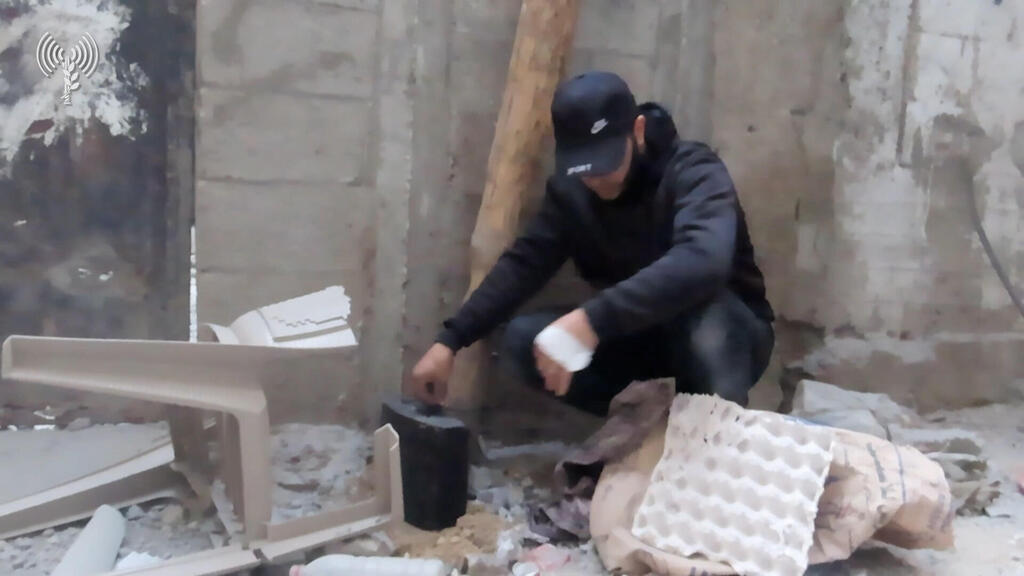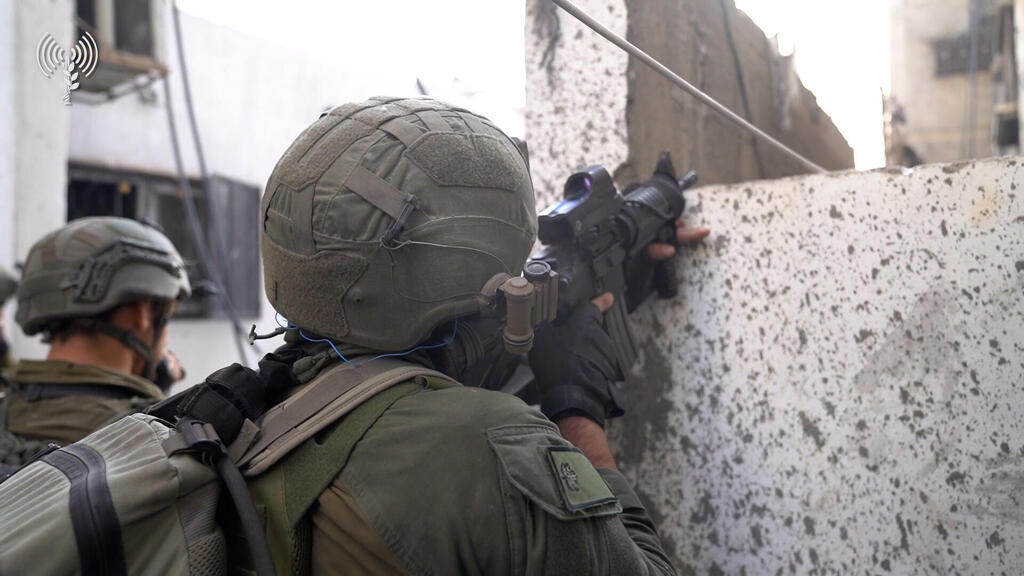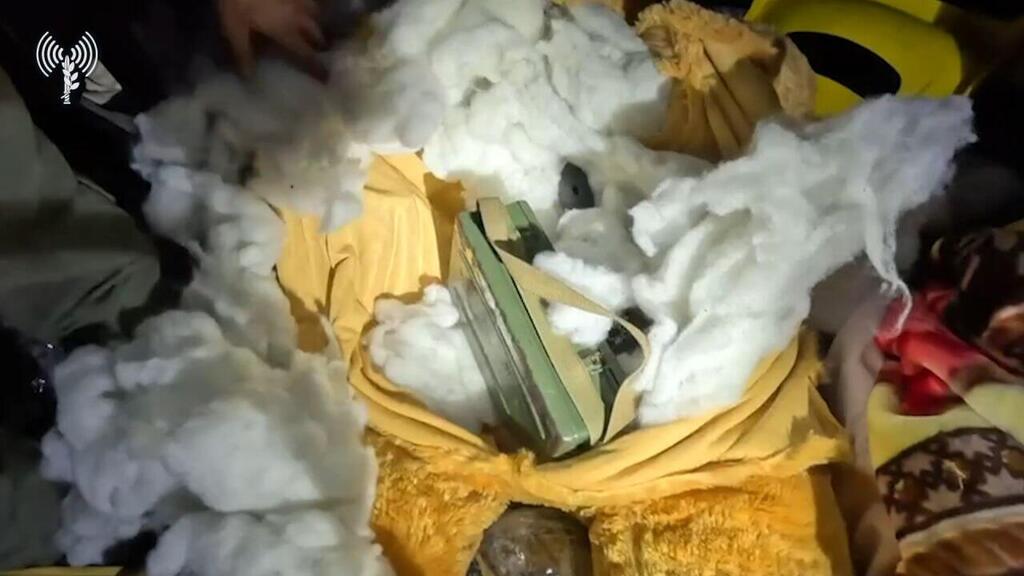Getting your Trinity Audio player ready...
The fighting in Gaza is starting to settle into fixed, similar patterns, and the pace is slowing down for a few reasons. The troops conduct repeated scans in areas that have already been cleared because the enemy might still be hiding there. The IDF is understandably afraid of friendly fire and still affected by the trauma of shooting the three hostages more than a week ago. In the meantime, like the IDF, Hamas is also investigating, learning lessons and looking for weak points in IDF forces after each incident, in preparation for another round of combat.
More stories:
The days of fighting in Gaza have turned into weeks which turned into months and the patterns are beginning to repeat themselves. Most of the battles are in the morning hours after sunrise, or in the afternoon hours when there is still light, before the early sunset. The IDF forces are doing everything to rejuvenate the fight in the face of the self-improving enemy, which is trying to spread its knowledge from Jabaliya to Beit Hanoun, from Shijaiyah to Tuffah, a new neighborhood located to the northeast of Gaza City where the IDF is currently entering.
3 View gallery


Footage from Hamas Go-Pro where terrorist hides IED under egg carton
(Photo: IDF Spokesperson's Unit)
It is likely that the terrorists know that they are being wiretapped constantly, unless they have a secure communications network. In some cases, the soldiers who check the bodies of the dead terrorists find notes in their pockets with instructions on how to surprise the troops, from which corner to ambush them and even on what date they must leave their underground hiding place. Some notes contain dates for the first months of 2024. The method of sending messages in notes was common among Hamas and Islamic Jihad terrorists in the 1980s and 1990s, and is now making a comeback.
In the midst of war, IDF soldiers are required to make complicated decisions. Just this month, Nahal Brigade soldiers detected an AK-47 firing at them in Jabaliya. Their initial instinct was to go out and attack with all their forces because the terrorists finally came out of the hidden shaft.
At the last moment the team commander, a young, 21-year-old officer, decided to wait. He estimated that they were being lured for an RPG missiles ambush from high ground. The team commander sent a force to encircle the perimeter which caused the terrorists to go out into the street only to meet a tank which consequently eliminated them. During the night, both the IDF and Hamas learn from mistakes and apply them the next day.
In another instance, soldiers broke down doors with tools and caused a commotion in Jabaliya, which brought terrorists to the location. It might seem like a mistake, but in practice, the terrorists were detected by a tank and a drone, so they were targeted and killed. Over the weekend, an IDF plan worked perfectly. Reservists from the Kiryati Division shot at dozens of terrorists who were fleeing toward a Hamas building. In a coordinated manner, a fighter jet bombarded the compound, eliminating all of its occupants.
And yet, in this never-ending learning battle, Hamas is showing patience that was probably planned in advance. In recent days, reports of Hamas using snipers against the IDF have multiplied, coming from various combat zones. At the beginning of the war, vigilance and operational discipline to stand in safe and unexposed places was high, and naturally it could fade over long weeks of fighting, exposing weaknesses. Hamas is constantly looking for ways to bypass the IDF's readiness against its weapons.
931st Nahal Battalion finds Go-Pro on eliminated terrorist, showing footage of setting IED
(Video: IDF Spokesperson's Unit)
On Saturday, the IDF released a video found in the Go-Pro helmet of a Hamas terrorist, who was killed in an attack by the 931st Nahal Battalion. The video shows Hamas learning to hide IEDs and placing an explosive device in a narrow alley, under a dirty towel and an egg carton, where only infantry fighters can pass, emphasized IDF elite brigade commander, Brig. Gen. Dan Goldfuss, who said Hamas should not be underestimated. To improve the IDF's position, intelligence officers frequently visit forces who fought in Gaza and extract information from them to learn about Hamas's combat doctrines.
In the last two months, I met many reserve colonels and lieutenant colonels, some in their sixties, in many bases around the perimeter, and in Southern Command helicopters. They have already seen everything as company commanders in the First Lebanon War or as pilots in the mid-1980s, when the security zone was established.
"It is difficult to compare because Lebanon still had at least a central government, but we are beginning to recognize processes of 'Lebanonization' in Gaza. We are dismantling a large terrorist organization which controls a fenced area, with no solution of a future settlement in sight," according to the commanders.








